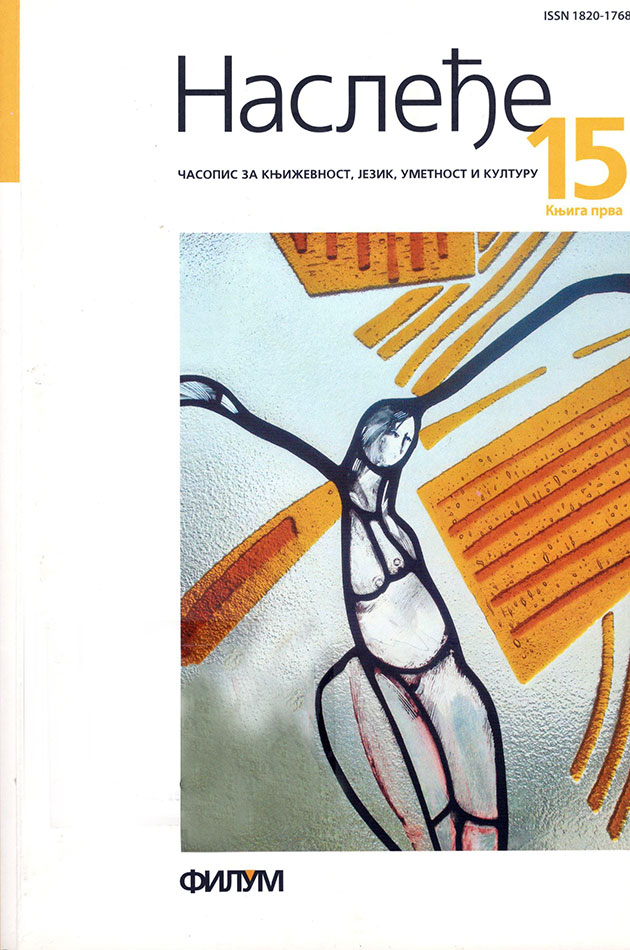THEORY OF MULTIPLE INTELLIGENCES AND ITS IMPLICATIONS FOR THE LEARNING AND ACQUISITION OF A FOREIGN LANGUAGE
Keywords:
интелигенција, способности, IQ тестови, усвајање језика, енглески језик, учењеAbstract
This work is focused on the well-known Howard Gardner’s theory of multiple intelligences and its implementation in the school education and foreign language learning and cquisition. Gardner identifi es seven intelligences since he thought that the traditional IQ tests can not measure the full range of human intelligence and that we all have our individual strength and abilities. The implementation of this theory in the school education as well as in a foreign language learning, emphasizes the importance of respecting the learners’ individual diff erences.
References
Ховард 1993: G. Howard, Multiple intelligences: the theory in practice, New York: BasicBooks, 3-34.
Ричардс, Роџерс 2003: J. Richards, T. Rodgers, Approaches and methods in language teaching, Cambridge: Cambridge University Press, 115-122.
Пухта, Ринволури 2005: H. Puchta, M. Rinvolucri, Multiple Intelligences in EFL: Exercises for secondary and adult students. Helbling Languages, 44-47
http://www.howardgardner.com/FAQ/faq.htm 10.05.2009.
http://www.pedagog.rs/visestrukaint.php 10.05.2009.
Ричардс, Роџерс 2003: J. Richards, T. Rodgers, Approaches and methods in language teaching, Cambridge: Cambridge University Press, 115-122.
Пухта, Ринволури 2005: H. Puchta, M. Rinvolucri, Multiple Intelligences in EFL: Exercises for secondary and adult students. Helbling Languages, 44-47
http://www.howardgardner.com/FAQ/faq.htm 10.05.2009.
http://www.pedagog.rs/visestrukaint.php 10.05.2009.
Downloads
Published
06-26-2010
How to Cite
Чаушевић, С. Д. (2010). THEORY OF MULTIPLE INTELLIGENCES AND ITS IMPLICATIONS FOR THE LEARNING AND ACQUISITION OF A FOREIGN LANGUAGE. Nasleđe, 7(15/2), 103–113. Retrieved from http://35.189.211.7/index.php/nasledje/article/view/282
Issue
Section
Articles






